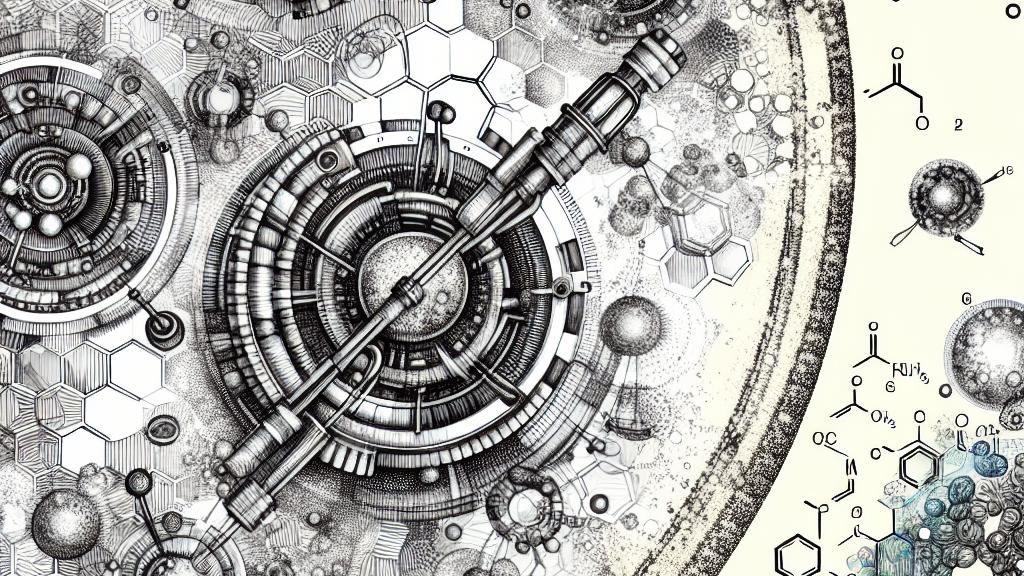Insights into Mitigating Carbon Build-up for Enhanced Energy Conversion
Overview
- A groundbreaking study uncovers the challenges of carbon build-up on catalysts, crucial for transforming greenhouse gases into energy.
- By strategically adjusting CO2 to CH4 ratios, researchers reveal innovative methods to enhance catalyst efficiency.
- Effective carbon management not only creates better energy solutions but also promotes a sustainable future for our planet.

Research Findings
In an exciting study led by Prof. Matteo Maestri at the Politecnico di Milano, researchers dive deep into the complex world of thermocatalytic processes. They meticulously analyze how these reactions convert harmful greenhouse gases into valuable energy. Their findings illustrate a critical challenge: the build-up of carbon on catalysts significantly hinders their effectiveness, presenting a barrier to practical industrial applications. It turns out that the ratio of carbon dioxide (CO2) to methane (CH4) plays a pivotal role in this carbon formation during the Dry Reforming reaction. For instance, a well-balanced ratio could notably enhance the efficiency of these catalysts, transforming them into powerful tools against climate change. This nuanced understanding illustrates the delicate balance needed to optimize chemical reactions in industrial settings.
Impact on Energy Transition
The implications of this research are vast, especially against the backdrop of our urgent quest for a sustainable energy transition. Optimizing catalyst performance by fine-tuning CO2 and CH4 ratios not only promises more effective energy conversion but also paves the way for turning greenhouse gases into sustainable fuels, such as hydrogen. Imagine a future where emissions are captured and reused, rather than merely reduced—this study brings us closer to realizing that vision. Moreover, the impact extends beyond just energy; it highlights the vital role of innovative science in driving technological advancements essential to combat global warming. By transforming waste into energy, we not only mitigate adverse environmental effects but also contribute to a greener, more responsible economy.
Future Implications
Looking forward, the insights from this research offer a thrilling glimpse into the future of catalyst technology. With the potential for longer-lasting and more efficient catalysts, we stand on the brink of a revolution in how we utilize waste greenhouse gases. Implementing Dry Reforming technology on a large scale could redefine standards within the clean energy sector. As the global community shifts toward renewable energy, the findings underscore the importance of merging ecological responsibility with scientific innovation, creating a symbiotic relationship that benefits both society and the environment. Ultimately, as we confront pressing environmental issues, the commitment to converting greenhouse gases into energy demonstrates our collective ability to innovate towards a sustainable future. The promise of a cleaner, greener world lies in our hands, guided by the insights of this pioneering research.

Loading...